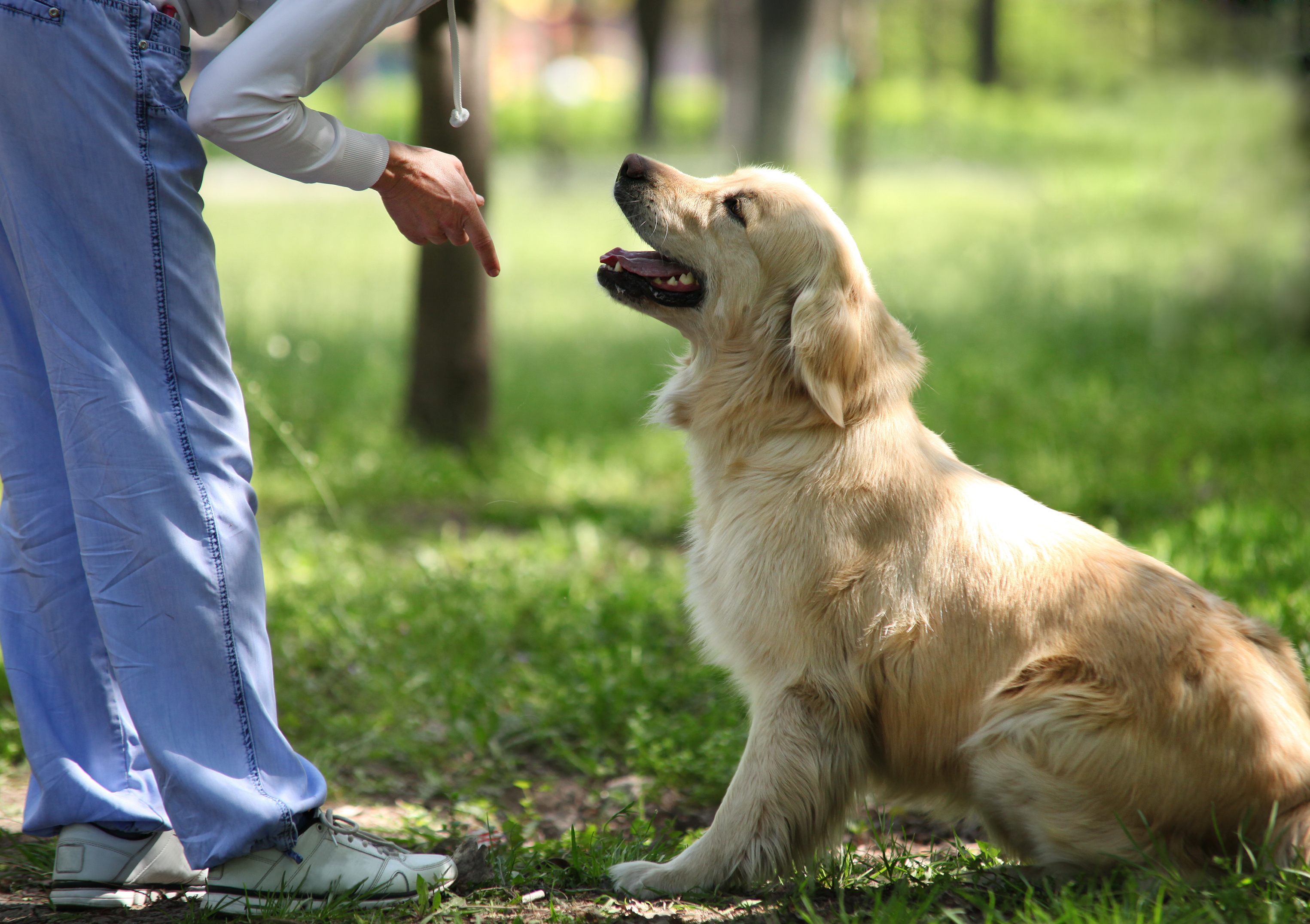The Sit, Down, Stay and Come are behaviors that every dog should be trained to do. The Humane Society of the United States says there are approximately 74.8 million owned dogs in the U.S. Ensure that your dog is a loving family companion by training him or her, rather than letting the family pet be part of the problem.
Contents
WHY SHOULD YOU TRAIN YOUR DOG?
Training builds your bond with your dog by helping establish you as the alpha dog. Remember that dogs are pack animals. Their social structure is based upon the wolves they are descended from; which includes a dominance hierarchy and an alpha or lead wolf. As humans, we can take advantage of this, by taking on the role of alpha, or ‘top dog.’ Many dog behavior problems arise because of confusion in the dog’s mind over who is alpha. Training your dog will help eliminate this confusion.
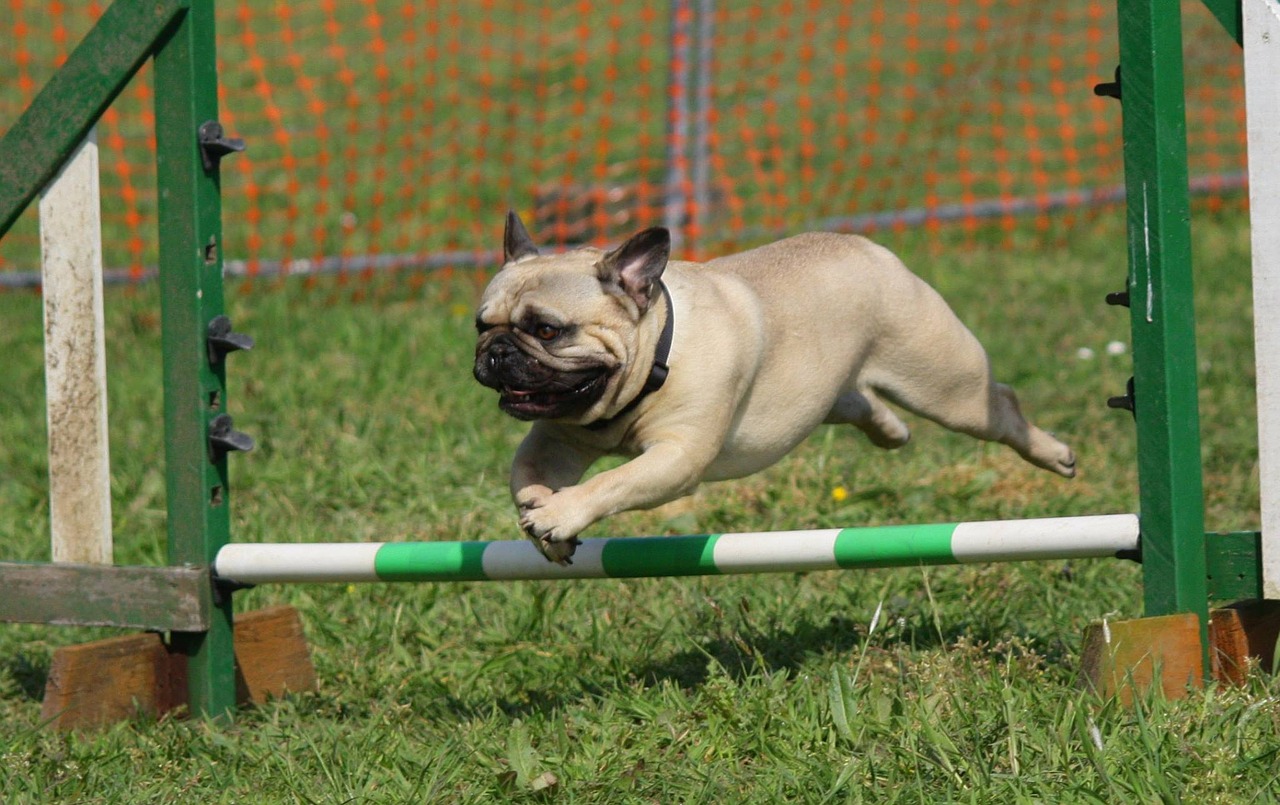
Your dog will be happier knowing he has a strong alpha. Think of being alpha as being like a really good mom. A mom will always love you, take care of you and keep you safe. But you also know mom will not take any lip, and will be a fair but firm disciplinarian if needed, teaching you right and wrong. If you can keep this in mind when you are training your dog, you will be pleased to find how well your dog responds to it.
Well-trained dogs have fewer behavior problems and are kept as beloved members of their families, rarely given up to shelters. Many dogs surrendered to shelters are there because their owners were unable to overcome problems like chewing, barking or destructiveness. When you train your dog, you greatly decrease the likelihood of unwanted behaviors.
WHAT SHOULD YOU TRAIN YOUR DOG TO DO?
These four commands are the core of dog obedience training:
- The Sit
- The Down
- The Stay
- The Come
But what do those words actually mean? What is the shape of the behavior the command is asking for?
THE SIT
When this command is given, the dog is to drop his hindquarters to the ground and remain propped upright on his front legs. It is expected that the dog will remain in this position until he is released from it, but if you are going to move or walk away from the dog, give the Stay command described below.
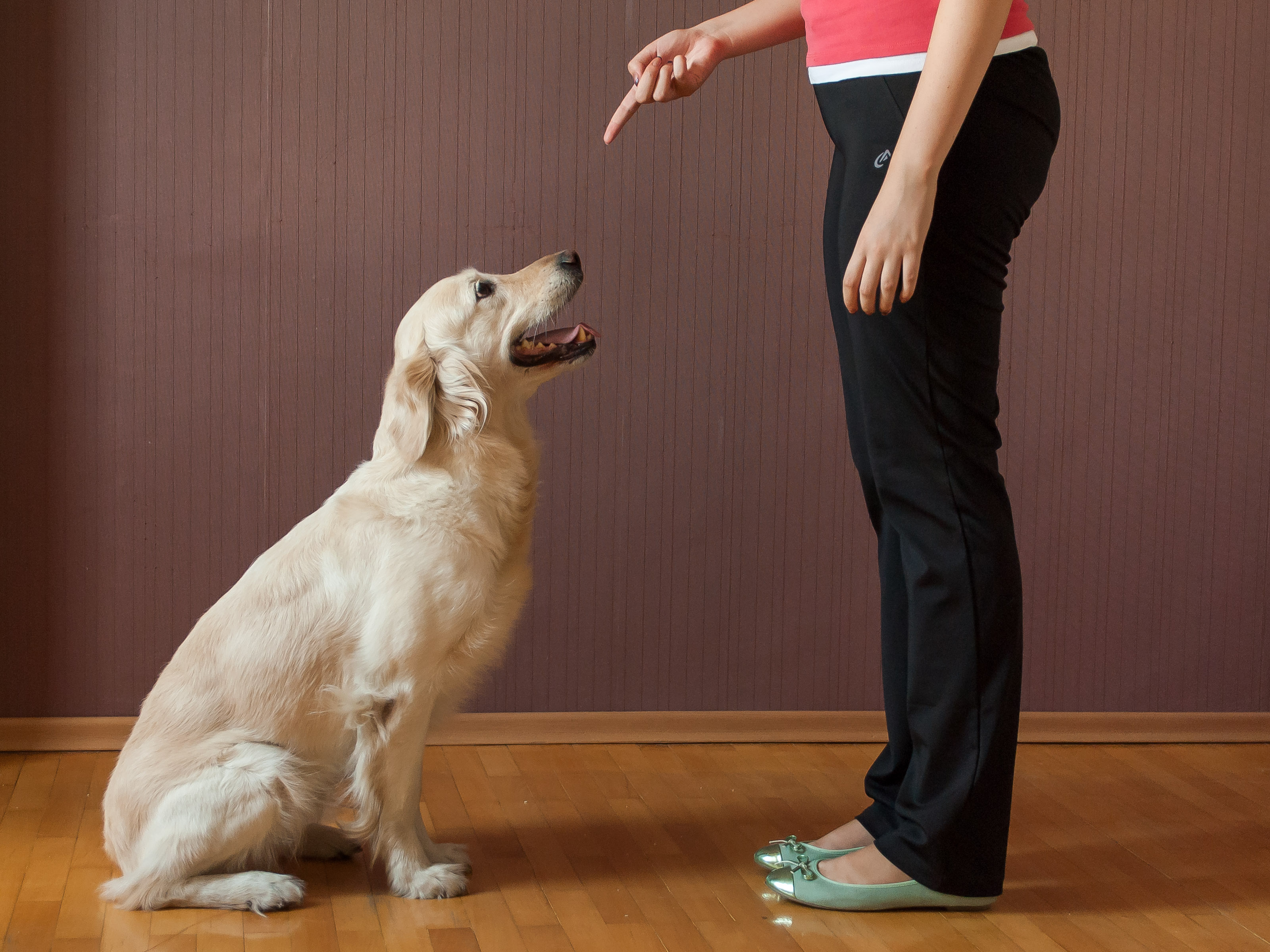
Your dog is not permitted to slowly (or quickly) sink into the Down position from the Sit. He remains upright until released. If given the Stay command, he is not permitted to slide or inch his way around while remaining in the sit.
THE DOWN
With this behavior the dog is expected to briskly drop down to her belly, hindquarters tucked underneath her and front legs stretched out. Like the Sit she needs to remain in this position until released.
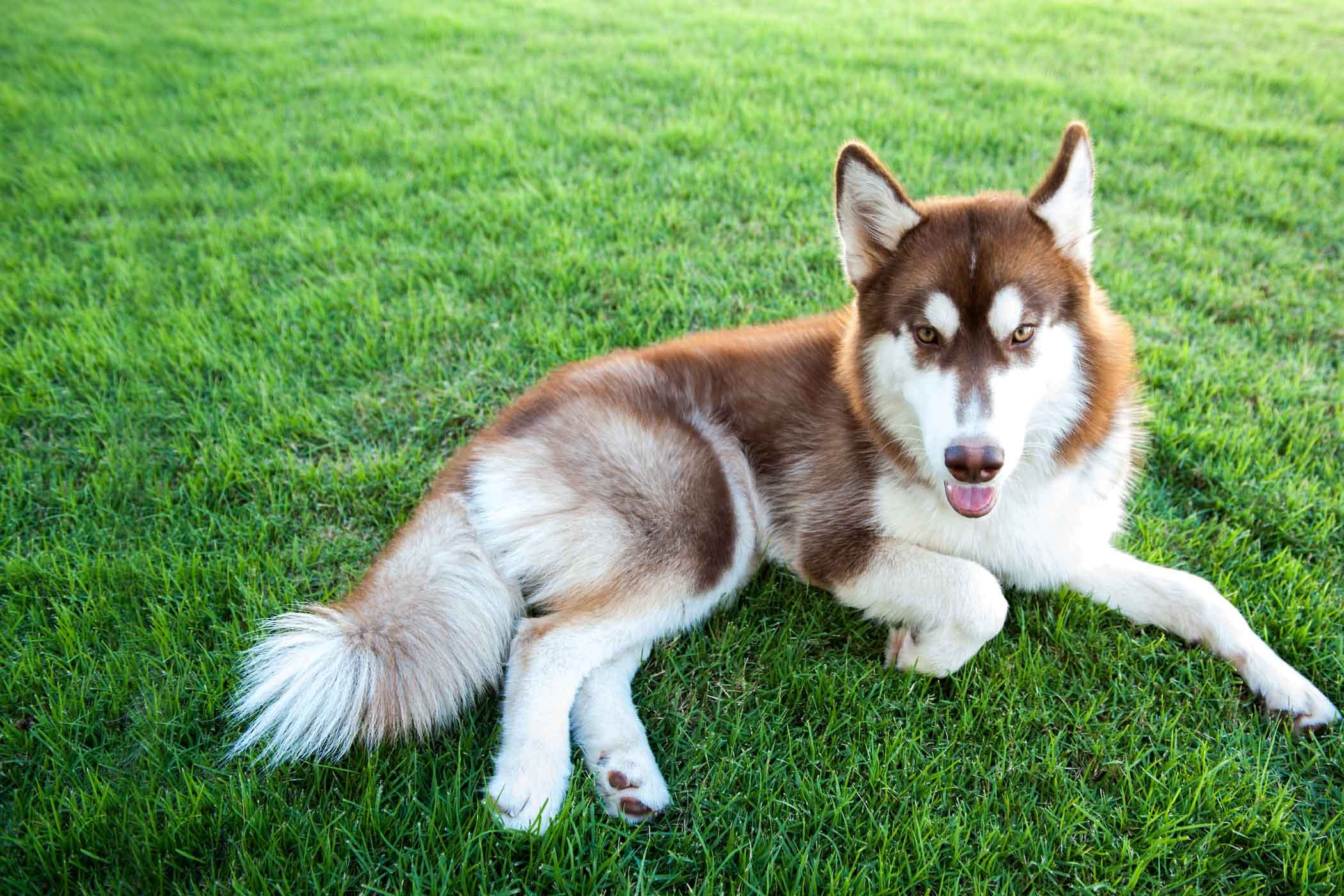
Your dog should not be allowed to roll on her side or flip onto her back when given the Down command, but remain upright and looking at you with one exception. If given the Stay command and left in place for an extended period of time, she is permitted to turn her haunches on the side and extend her hind legs. Ensure however, that you do not forget about your command, and always release and praise your dog from an extended Down/Stay.
THE STAY
The Stay is given after the Sit or Down. You are telling your dog to stay where he is and not move. If he is in a Sit he is not permitted to lie down. If he is in a Down, he is not permitted to sit up. He must stay where he is when you walk away, for as long as you leave him there until you return.

Train the Stay in very short increments. You will build your dog’s confidence in you by starting very slowly and gradually increasing both the time and distance you can leave your dog in the Stay. When your dog is confident in you, he will remain calm and relaxed under this command.
THE COME
With this command the dog is expected to come straight back to you as quickly as possible. She is not allowed to dawdle, or stop and sniff. When she gets close to you, she is to Sit automatically and remain in the Sit until released.
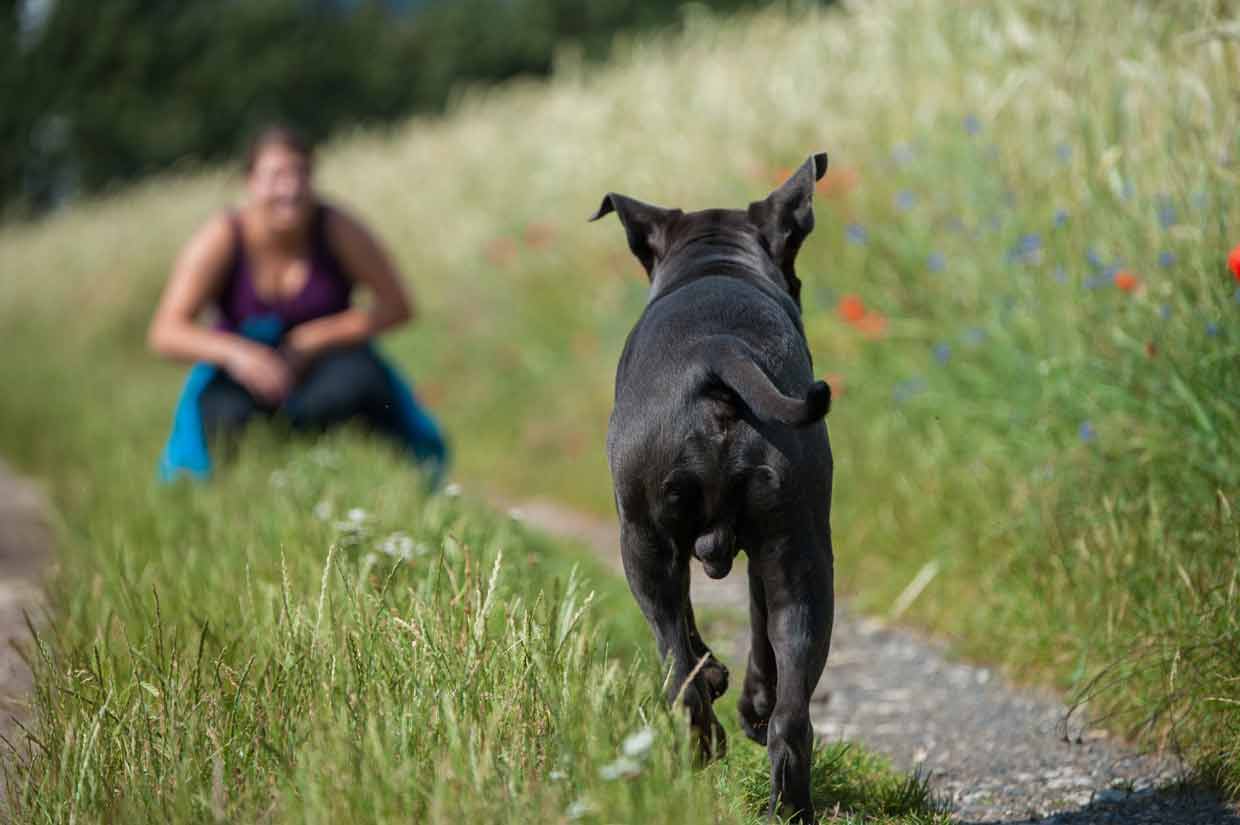
Key to having a dog that comes when called every time is: never give the command unless you can guarantee compliance. A dog that is successful and well-rewarded 100% of the time in the early training will be reliable later in life. This becomes especially important in urgent situations such as dogs chasing after toys, or cats or cars.
OTHER DOG TRAINING TERMS
The Command:
The command is the word used to tell the dog what you want him to do. Sit, Down, etc.
The Behavior:
Behavior is the action asked for by the command. Sitting, lying down, etc.
The Release:
The release is the word used to tell the dog he has correctly performed the behavior and he can stop doing it, usually ‘okay.’ Also known as a bridge, it also indicates some form of reward may be forthcoming.
The Reward:
A reward is a reinforcement, the positive thing the dog likes that he will associate with correctly performing the behavior. Food, treats, praise, back rubs are all rewards for dogs.

